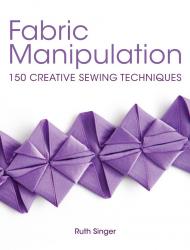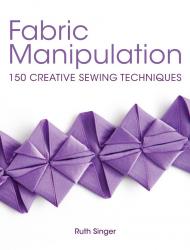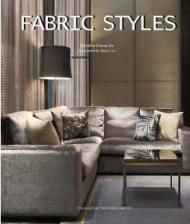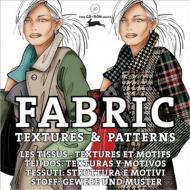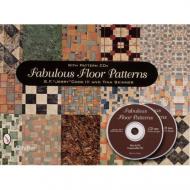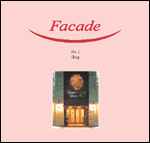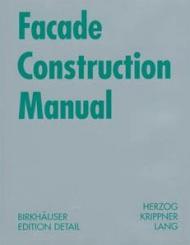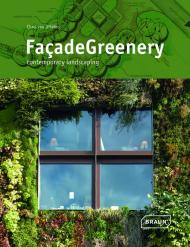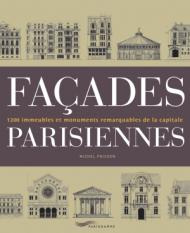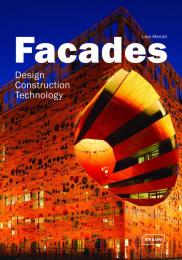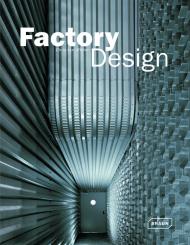Ця книга художника є найповнішим оглядом Novembre як архітектури інтер'єру та дизайну продуктів. Трохи більше ніж за десять років Фабіо Новембре зробив собі ім'я завдяки привабливим інтер'єрам, видовищним інсталяціям та пишним, але функціональним дизайнам продуктів. Novembre — сольний голос у сучасному хорі мінімалізму, створюючи інтер'єри, меблі, дизайн та інсталяції, поєднуючи старі та нові матеріали, встановлюючи часовий пояс між Візантією та фільмом «Той, що біжить по лезу». Сильна та красномовна, аж ніяк не скромна чи тиха, його архітектура радикально явна та явна. Він поєднує задоволення від життя з високим дизайном, здається, з ідеальною легкістю, щоб створити середовища такими, якими він сам їх переживає: інтенсивно та на яскраво-особистісному рівні. Ця книга є вичерпним оглядом дизайнів Novembres на сьогоднішній день, включаючи магазин Blumarine у Лондоні, крісло S.O.S. та його шезлонг для Cappellinia — поетичні творіння, які розбурхують часто ліниві території комунікації та сучасного дизайну та встановлюють нові орієнтири для майбутніх курсів міжнародного стилю дизайну.
Издательства
- Rizzoli (481)
- Thames & Hudson (156)
- Prestel (149)
- Gestalten (106)
- Braun (105)
- teNeues (71)
- Vendome Press (60)
- DOM Publishers (51)
- Monacelli Press (50)
- Phaidon (49)

